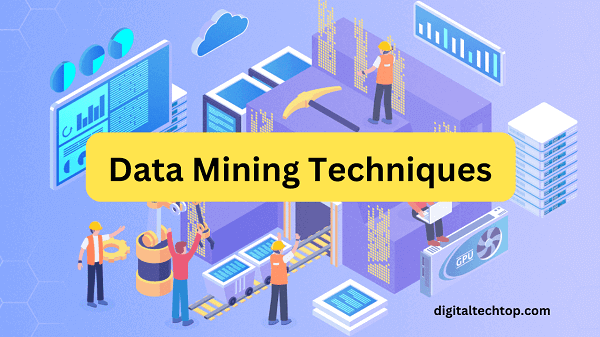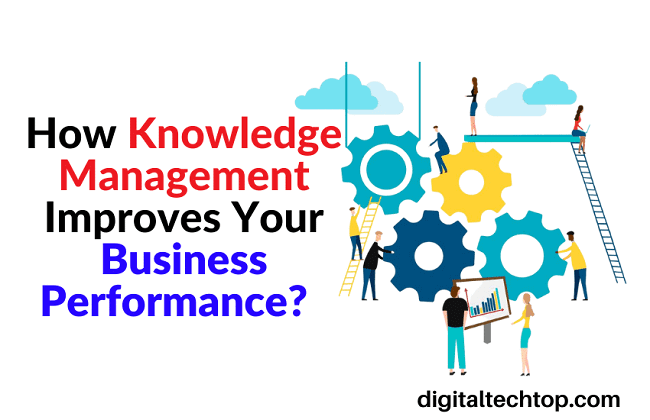What Are Various Data Mining Techniques?

Data mining is typically associated with many subsets. Simply put, it’s a process of pooling data for modeling and then, understanding what those datasets express with respect to any business problems. This is a fabulous method of making an informed decision that data scientists have evolved. Fortunately, digital technologies are taking an upturn with data science. With these two innovative technologies, we’re now able to see what’s going to happen in the future. Specifically saying, you can project sales, customer behaviour, investment, revenues, or ROI.
People confuse it with knowledge discovery in databases (KDD). However, both differ from each other. Where mining refers to exploring, extracting, and validating data for analysis, the KDD process is all about extracting implicit details that are concerned with knowledge. In all, there is a minimal difference in it.
Now, let’s move to various techniques that help in accomplishing mining goals.
Types of Data Mining techniques
There can be various techniques that make mining easier. Being technical, it’s always good to outsource this task to a data miner who has hands-on experience and have achieved milestones in this domain. Let’s get through a few techniques that are commonly used.
-
Association Rule
It’s like using the if-then formula that defines which dataset is related to which element. The recurring patterns, relational, or associated datasets are mainly categorised under support and confidence criteria. The support measure tells the frequency of relational datasets. On the flip side, the confidence measure identifies how many times the “if-then” validation proves true.
-
Classification
This technique is associated with different categories and associated elements. It uses decision trees, naive bayes classifiers, K-nearest neighbour, and logistic regression methods to assign items to target categories or classes. With this technique, the target class for each case is accurately projected. This model can help in determining low, medium, and high risk of credit default.
-
Clustering
Clustering ensures finding the group of objects that are similar but dissimilar from the objects in other groups. Under it, various datasets are filtered and split into groups or classes on the basis of similarity. It may involve K-means clustering or hierarchical clustering.
-
Regression
This is mainly concerned with projecting numeric values in a given dataset. However, it is also associated with discovering relationships in datasets. To make it easy, decision trees and other classification methods can be employed.
-
Sequence and Path Analysis
This technique is all about discovering the pattern of events or values that lead to later events or values.
-
Neural Networks
It’s a replica of the human brain. This technique is incredible at recognising complex patterns using deep learning, and machine learning.
-
Data Mining Software & Tools
The mining process is mainly focused on ETL or extraction, transformation, and loading of data patterns for machine learning. Therefore, it requires data mining software for data preparations, deriving algorithms, predictive modeling, GUI-based environment, (algorithms) deploying tools, etc.
For the aforesaid purposes, the experts of data mining in USA use tools like AWS, Databricks, Dataiku, DataRobot, Google, H2O.ai, IBM, Knime, Microsoft, Oracle, RapidMiner, SAP, SAS Institute, Tibco Software, etc.
Why is Data Mining Important?
This process is typically used to draw business intelligence or strategy-making for businesses. Since it’s based on the study of performance or niche-based records or real-time data, it proves key in discovering analytics. The driven insights guide you to create innovative strategies, which can be concerned with the improvement in marketing, advertising, sales, and support to various industries.
Moreover, this technique has proven a milestone in putting a full stop to fraudulent activities. With it, discovering fraud patterns, cybersecurity issues, and other critical business issues (the risk factors) become no big deal.
How Data Mining Works
This process has data scientists, analytics, and BI experts in a key role. Together, they deploy machine learning and statistical analysis methods to dive deep into insights and generate strategies. Also, data management practices make this process like a cakewalk. The structured and well-managed datasets remove all hurdles in clubbing relational or useful data together toward a business goal.
Thankfully, machine learning is here to support mining on a large scale. It can extract customer databases, transactions, and log files from web servers, mobile applications, and sensors.
Four Stages of Data Mining
Stage 1: Data Collection
It refers to extracting and collating relevant data from internal and external resources. Mostly, data warehouses or repositories carry structured and unstructured records, which are cleaned and converted into a uniform structure.
Stage 2: Data Preparation
This is mainly dedicated to executing processing, and quality testing. The processing involves data cleansing, profiling, and fixing errors or quality issues. In short, this stage is concerned with transformation, which converts raw data into useful insights. This step makes it easy to align clean records with machine learning (ML) applications or techniques.
Stage 3: Algorithm Training
ML is typically helpful in training a sample of records to answer critical questions (or, business problems). This can be like a bot saying “hi” as a user visits the webpage. The algorithms in the backend push it to greet and ask further or provide solutions. In essence, algorithms are drawn through validated records, which are related to the business concern or analytical models.
Stage 4: Data Analysis and Interpretation
Finally, the analytical models run to automatically make strategies or define actions. The entire team sits together to communicate findings to the top-down employees in the hierarchy. But, the main challenge is to make them understandable. With visualisation techniques, these findings are presented in charts or graphs using storytelling techniques.
It’s now crystal clear how crucial various mining methods, techniques, and tools are. With them, seeing future events or making projections is like a piece of cake.
Summary
There are many data mining techniques that are pervasive or known for anticipating what’s going to happen in marketing, sales, ROI, or other business dimensions. Basically, it involves clustering, association, path analysis, and various tools or software to prepare and process data for deep analysis.






